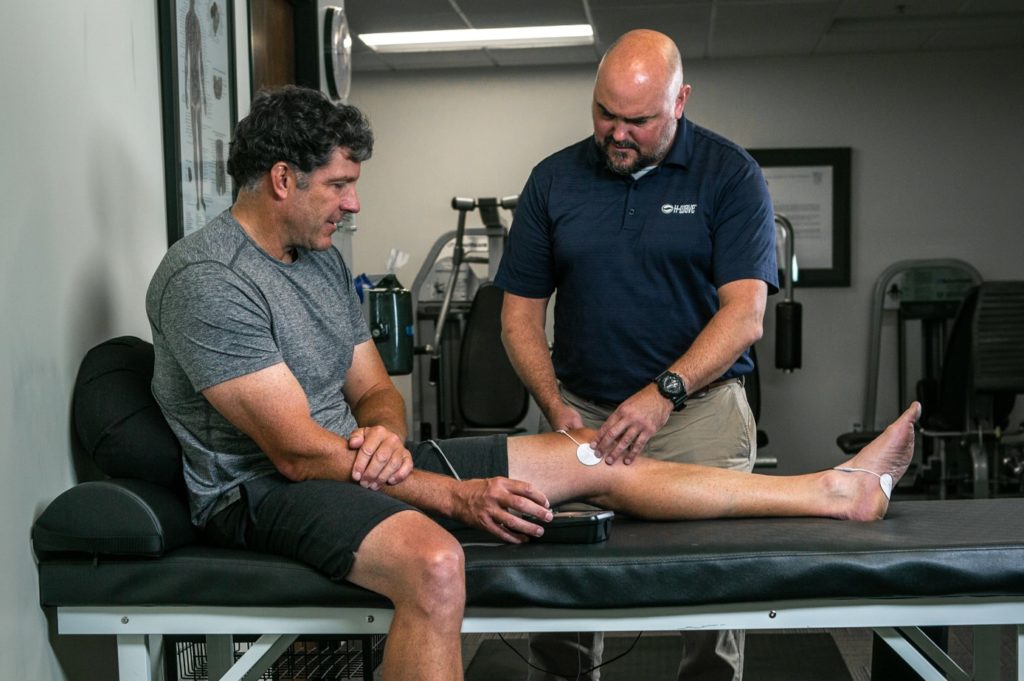Non-Opioid Postoperative Pain Management Alternatives
Postoperative pain management after surgical procedures requires medical professionals to balance the risks of opioid abuse with the goal of lessening patient pain and discomfort. This has caused many doctors and surgeons to look to alternative treatment options to manage pain after surgery.
According to the U.S. Department of Health and Human Services, the opioid drug problem in our country has reached crisis levels. In 2019, approximately 10.1 million people aged 12 or older misused opioids.
Opioids have long been the mainstay for treatment of postoperative pain management. However, in recent years there has been a shift as both patients and physicians become aware of the adverse reactions and side effects of opioids to manage pain.
If you are heading for in for surgery and worried about post-op pain management, there are several non-opioid treatment options to choose from. Let’s take a look at the most popular and effective.
Non-Opioid Medications
Depending on how invasive your surgical procedure and your expected level of pain, your doctor may prescribe non-opioid medications to help with your post-op pain. Nonsteroidal Anti-inflammatory Drugs (NAIDs), such as aspirin (Tylenol), ibuprofen (Motrin, Advil), and naproxen (Aleve, Anaprox, Naprelan, Naprosyn) help to temporarily relieve minor to moderate postoperative pain.
Although they are generally non addictive, NAIDs may cause unpleasant side effects to include nausea, vomiting, headaches, constipation, kidney problems, high blood pressure or heart problems, and more.
Electrotherapy
Electrotherapy includes a range of treatments using a low-voltage electrical current to temporarily reduce pain. Devices like TENS can be beneficial for some acute pain management, but the treatment only masks pain while the device is on. Subsequently, when the device is removed, the pain may recur. There are several different types of approved electrotherapy options for postoperative pain management, to include:
- Transcutaneous Electrical Nerve Stimulation (TENS)
- Percutaneous Electrical Nerve Stimulation (PENS)
- Electrical Muscle Stimulation (EMS)
- Interferential Current (IFC)
- Pulsed Electromagnetic Field Therapy (PEMF)
- Galvanic Stimulation (GS)
H-Wave Postoperative Pain Management
H-Wave is a multi-functional electrical stimulation device intended to speed recovery, restore function, and manage chronic or acute pain. Ideal for postoperative pain management, H-Wave devices can be used in a clinical setting or at home.
H-Wave is most effective when used on a regular basis. Patients can easily use the H-Wave device from the comforts of their home several times a day, several days a week. Treatments typically last 30-60 minutes and you can complete them while reading a book or watching television.

H-Wave offers individuals suffering from acute and chronic pain a drug-free alternative with no harmful side effects. Best of all, this pain relief lasts long after the treatment session has ended. Unlike other electrotherapy devices (which stop working once the devices are turned off), H-Wave provides long-lasting benefits. With two different treatment modes to choose from (low-frequency and high-frequency), patients can use H-Wave during multiple phases of injury and recovery, to include postoperative pain management.
What Postoperative Pain Management is Best For You?
Ultimately, everyone experiences pain to varying degrees. What may be a tolerable threshold of pain for one, may prove unbearable for someone else. Before you schedule your surgery be sure to speak with your physician about all of the postoperative pain management methods available to you. Together, based on your surgical needs and recovery needs, you’ll determine the best course of action to manage your pain during your recovery.
You may also like:
Post-Surgery Treatment | 4 Reasons Why Kelly Starrett Chooses H-Wave

